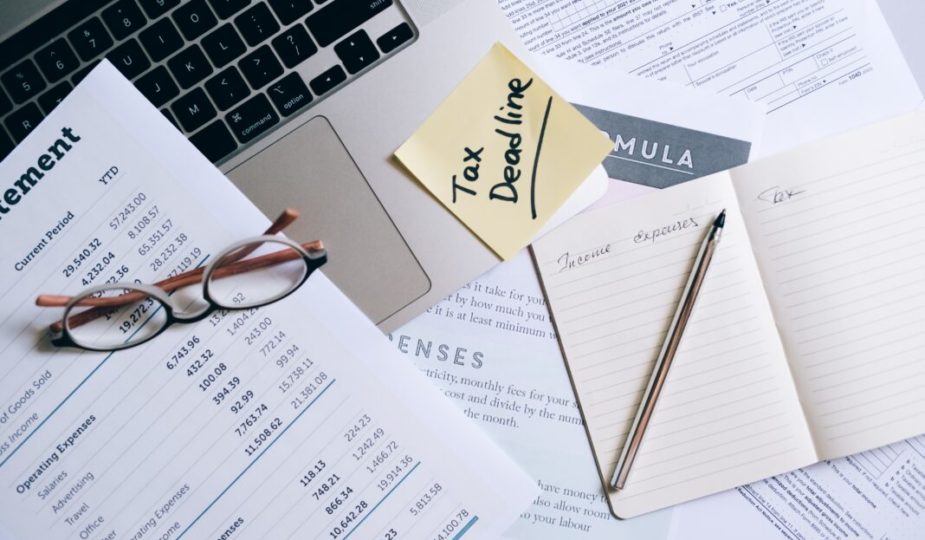
Smart Money Moves: 2 Clever Ways to Use Your Tax Refund
Many taxpayers are looking forward to a healthy refund this year. That’s according to the IRS, which just announced the average refund will be $3,401. While using this cash on something fun may be tempting, it isn’t the wisest money move if you have debt or zero savings. Here’s what to do instead.
1. Paying Down Your Debt
Using your tax refund to pay off consumer debt is an excellent idea this year, even if you can’t pay off an installment loan, line of credit, credit card, or auto loan in full.
Your refund might make a considerable dent in what you owe.
Plus, if your payment goes towards your principal, you’ll accrue less interest on the amount of money you borrowed. That translates into smaller or fewer payments overall.
Check the Fine Print
Before you sink your refund into an installment loan or line of credit, check the fine print of your contract. That’s where you’ll find your lender’s pre-payment policy, according to direct lender MoneyKey.
While MoneyKey encourages you to make early or additional payments, some online direct lenders aren’t as generous. These online direct lenders may apply a fee for any payment that goes above and beyond those scheduled in your contract.
Which Loan Should You Pay Off First?
There are two strategies for paying off debt, the snowball method and the avalanche method.
Most financial advisors peg the snowball method as your best option. It targets your high-interest debt to limit how much interest you pay on cash advances and payday loans online.
The avalanche method, on the other hand, focuses your debt-fighting powers on the smallest balance first. You’ll get results faster this way. Seeing a big, fat zero on your balance owing is a powerful motivator to keep paying off debt.

2. Building up Emergency Savings
You probably carry debt because you didn’t have emergency savings when something went wrong in your life. Maybe your car broke down, or your dog ate something dangerous. You could have gotten sick or had to replace a leaking hot water tank.
Life’s little surprises cost money, whether you have it or not. And if you don’t have emergency savings, you may have to turn to a cash advance, payday loan, or an installment loan to cover unexpected expenses.
You can reduce your reliance on loans by beefing up your emergency fund. With your refund set aside for an unexpected auto repair or medical expense, you can dip into these savings before asking for help.
How Much Should You Save in an Emergency Fund?
The golden rule is three to six months’ worth of living expenses. However, you may want to bump up this goal if you have dependents, care for an ill family member, or work in a volatile industry. These factors mean you may run into more emergencies than a single person who works a dependable 9–5.
While your refund probably won’t meet this target in full, it will give you a head start on building a reliable safety net.
Where Should You Put Your Emergency Fund?
Emergencies rarely give warning before they arrive, so you must be able to tap into your savings at a moment’s notice. Make sure the account you choose doesn’t put extensive holds on your withdrawals, require account minimums, or charge fees.
Bottom Line
It’s been a tough couple of years for a lot of people. If you took on more debt or emptied your savings account during this time, consider using your tax refund to pay off your cash advance loans and stock up your emergency fund.









